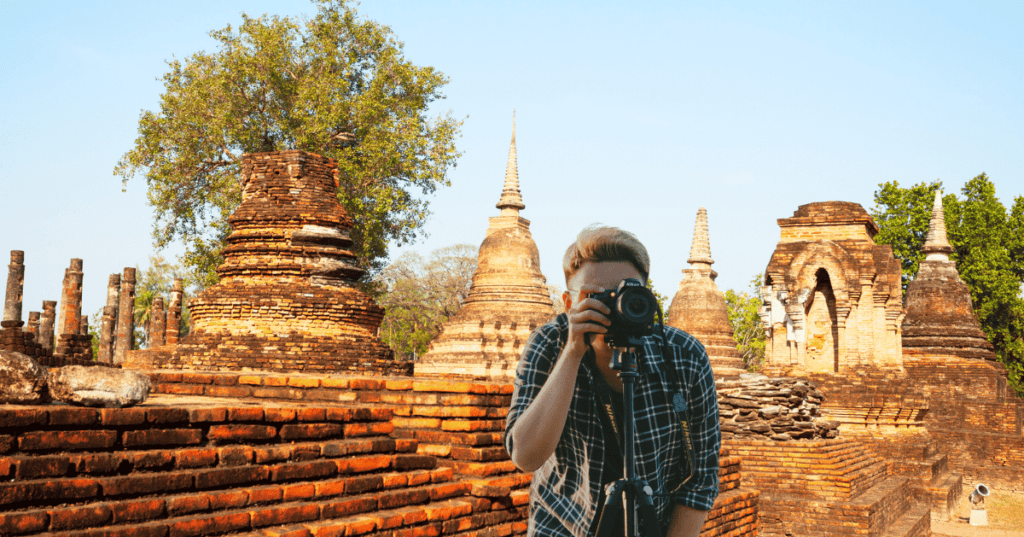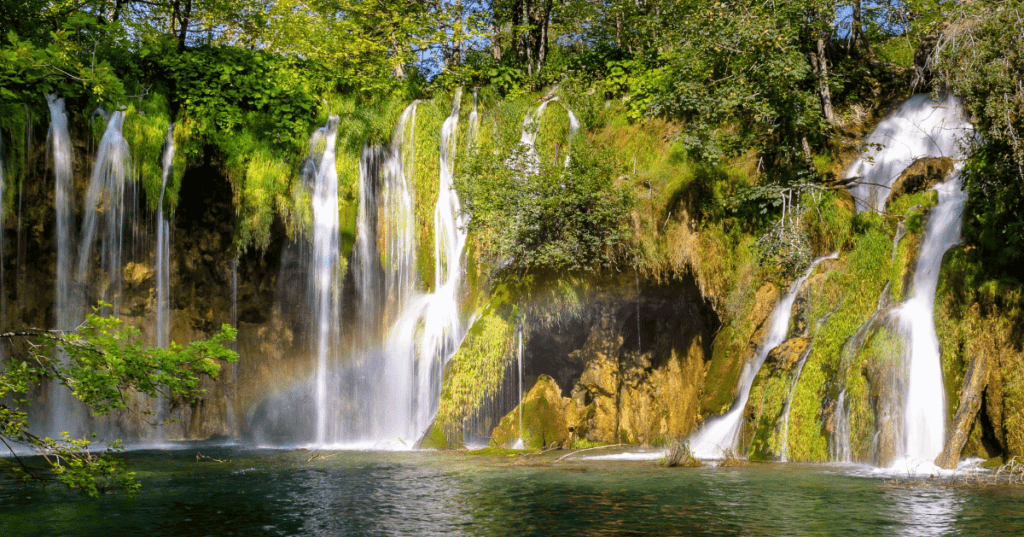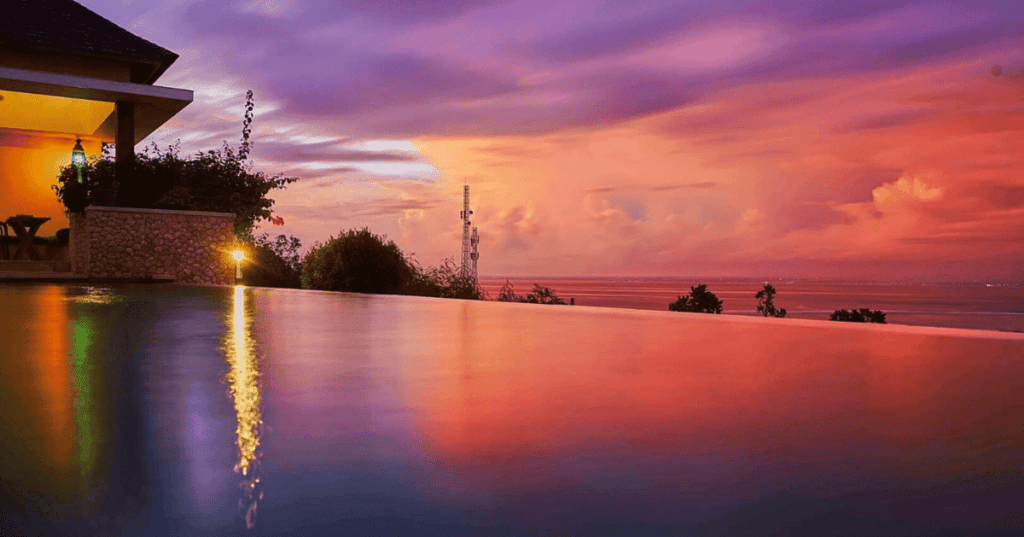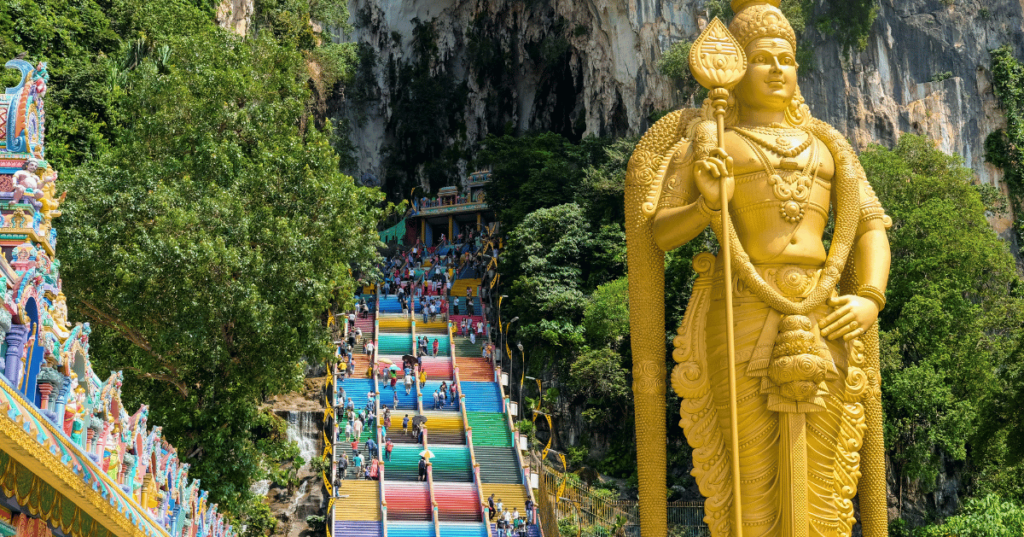Introduction
The city of Sukhothai isn’t the biggest in Thailand, but it has some of the best photography spots. There are countless opportunities to capture stunning photos that tell stories in this city, from ancient temples to serene landscapes. The city is filled with history and culture, making it a photographer’s paradise.
In this guide, I’ll take you through the top Sukhothai photography spots, highlighting the best times to visit and what makes each location special. Whether you’re after a sunrise shot over a temple or a peaceful reflection in the water, these spots won’t disappoint. Grab your camera, and let’s explore Sukhothai’s most picturesque locations!
1. Wat Mahathat: The Iconic Sunrise Spot

Wat Mahathat is the heart of Sukhothai’s historical park and an absolute must-visit for any photographer. This ancient temple is especially breathtaking at sunrise when the golden light reflects off the still water surrounding the ruins. The main Buddha statue and the towering stupas make for incredible silhouettes against the morning sky.
One of the best features of Wat Mahathat is the calmness of the early morning hours. Fewer tourists mean you can take your time and focus on capturing that perfect shot without too many distractions. I recommend getting there just before sunrise to set up your camera and catch those magical moments as the light changes.
Pro tip: Try positioning your camera near the pond to capture the reflection of the temple and Buddha statues in the water. This creates a mirror-like effect that adds depth and balance to your photos.
2. Wat Si Chum: The Massive Buddha in Detail
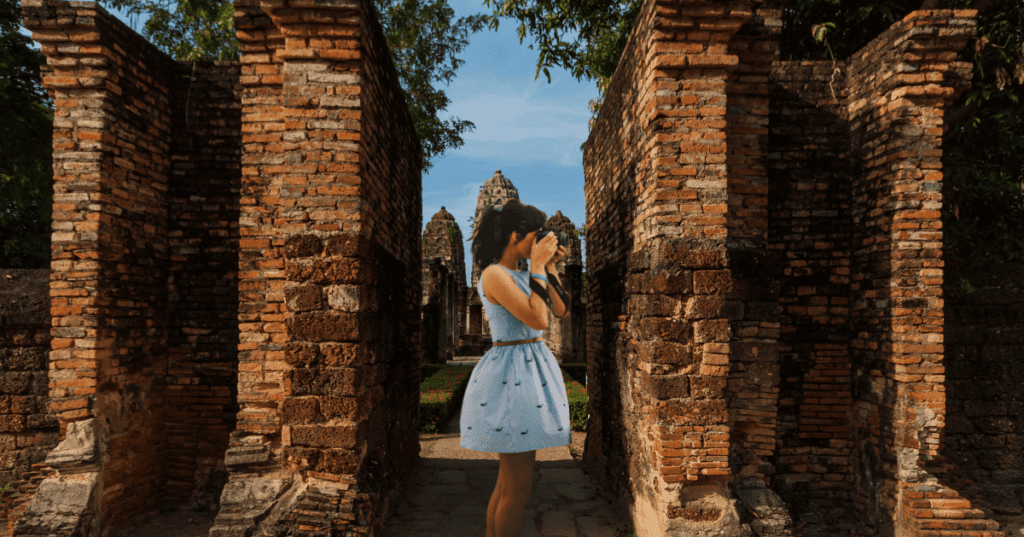
Wat Si Chum is home to one of the most impressive sights in Sukhothai—a giant seated Buddha tucked inside a narrow, open-roofed sanctuary. The moment you step through the entrance and see the towering Buddha, it’s hard not to be in awe. The large, serene face of the Buddha, known as Phra Achana, peeks through the stone walls, creating a striking composition for any photograph.
This spot is perfect for close-up shots of the Buddha’s hand gently resting on his lap or wide-angle shots capturing the entire statue framed by the sanctuary walls. The play of light and shadows here can be dramatic, especially during the late afternoon when the sun hits just right.
Pro tip: For a unique angle, stand at the entrance of the narrow passageway leading to the Buddha. You’ll capture a stunning perspective that draws the viewer’s eyes directly to the statue, emphasizing its grandeur.
3. Wat Sa Si: A Tranquil Temple Surrounded by Water
Wat Sa Si is one of the most peaceful spots in Sukhothai, and it’s perfect for those who love capturing serene, reflective shots. This small but charming temple is set on an island in the middle of a lotus-filled pond, with a wooden bridge connecting it to the mainland. The entire scene is picture-perfect, especially around sunset when the soft light casts a warm glow over the water.
The highlight here is the central stupa, which stands tall against the sky, reflected beautifully in the pond below. You can capture stunning wide shots of the temple with the surrounding water and greenery, or zoom in for a more intimate focus on the lotus flowers floating in the pond.
Pro tip: Visit during the late afternoon to catch the golden hour. The light is softer, and the calm water often creates a mirror-like surface, giving you those dreamy reflection shots that are perfect for your portfolio or Instagram feed.
4. Wat Saphan Hin: A Hilltop Temple with Panoramic Views
For those willing to make a short climb, Wat Saphan Hin offers some of the most rewarding views in Sukhothai. Located on a hill just outside the main historical park, this temple is known for its large standing Buddha and the sweeping views of the surrounding countryside. The stone pathway leading up to the temple makes for great shots, especially with the Buddha standing tall at the top, overlooking the landscape.
The early morning or late afternoon light enhances the beauty of the hilltop, creating dramatic shadows and highlighting the textures of the ancient stones. This spot is perfect for wide-angle landscape shots or capturing the peaceful solitude of the standing Buddha.
Pro tip: Head up in the early morning to capture the sunrise with the Buddha and the valley below. The mist rising from the fields can create an ethereal atmosphere, adding an extra layer of depth to your photos. Plus, the soft morning light works wonders for capturing the details of the ancient structure.
Best Time to Visit Sukhothai for Photography
Timing is everything when it comes to capturing stunning photos, and Sukhothai is no exception. The best times to visit for photography are during sunrise and sunset. The soft light during these golden hours adds warmth and depth to your photos while avoiding the harsh midday sun that can wash out colors and create strong shadows.
If you’re planning a trip, aim for the cooler months between November and February. The weather is much more comfortable, and the clear skies during this time of year provide perfect lighting conditions. Early mornings are usually quiet, with fewer crowds, giving you the freedom to explore the sites and take photos without interruptions.
For sunrise shots, get to your chosen spot around 30 minutes before the sun comes up. This gives you time to set up and capture those early moments when the sky starts to light up with color. For sunset, be ready to stay until after the sun has set—the fading light often creates a beautiful afterglow that can transform your shots.
Photography Tips for Capturing Sukhothai’s Beauty
Sukhothai offers endless opportunities for photography, but getting the best shot requires more than just a good camera. Here are a few tips to help you make the most of your visit:
- Plan your angles: Before you start snapping, take a moment to walk around and find the best angle. Sometimes the most striking shot isn’t the obvious one right in front of you. Look for unique perspectives, like reflections in water or framing your shot with nearby trees or ruins.
- Use natural light: The early morning and late afternoon light is your best friend in Sukhothai. It’s soft, and warm, and creates beautiful shadows and highlights that bring out the textures of the ancient stones. Avoid the midday sun, which can be too harsh and flatten your images.
- Pack light gear: You’ll be moving around a lot, sometimes climbing steps or walking through uneven terrain, so pack light. A versatile zoom lens can cover most of your needs without the weight of multiple lenses.
- Focus on details: While wide shots of temples are impressive, don’t forget the small details. Capture the intricate carvings, weathered stones, and the subtle beauty of the lotus flowers in the ponds. These close-up shots often tell a more intimate story of Sukhothai’s history.
- Be patient: The best shots don’t always happen immediately. Sometimes it’s worth waiting a few minutes for the right light or for the crowds to clear. Photography in Sukhothai is as much about soaking in the atmosphere as it is about capturing it.
Final Thoughts on Sukhothai’s Photography Spots
Sukhothai is a treasure trove for photographers, offering a unique blend of history, culture, and stunning landscapes. Each temple and ruin has its own story, and exploring these sites allows you to capture the essence of Thailand’s ancient capital. Whether you’re after iconic shots of majestic Buddhas or intimate details of crumbling architecture, Sukhothai has something for every photography enthusiast.
As you wander through the historical park and its surroundings, take your time to soak in the atmosphere. The combination of rich history and serene beauty creates a magical experience that goes beyond just taking pictures. It’s about connecting with the place and its past.
So grab your camera, pick a few highlighted spots, and don’t forget to explore the less-traveled paths. You might just discover your hidden gem. Happy shooting!

